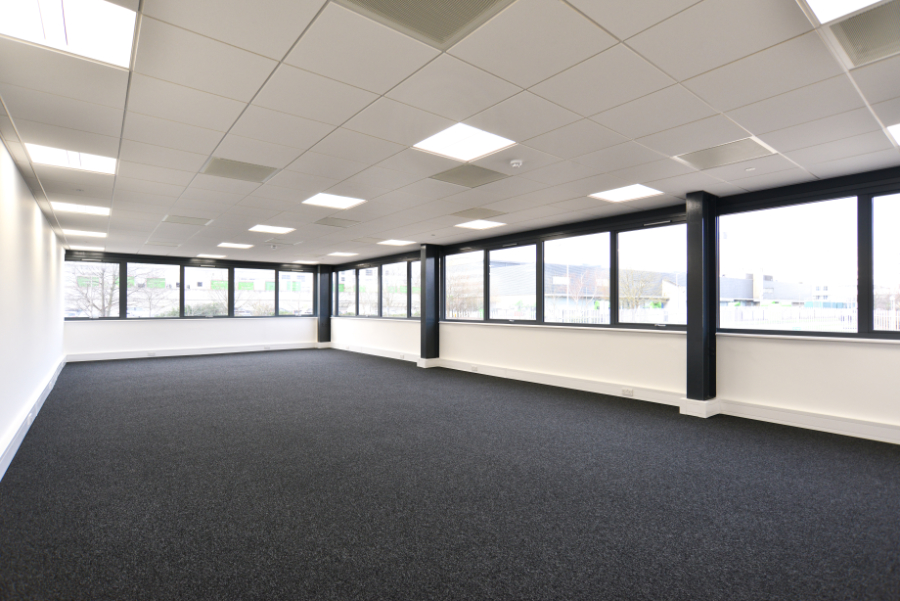In this article, you'll learn:
- Office layouts will shift to less dense, more spaced-out workstations.
- How touchless technology will reduce physical contact in the workplace.
- Workspaces will evolve to be safer, productive, and pleasant post-COVID.
While COVID has made working from home into a necessity for many companies that want to keep operating, workers will eventually return to offices. When they come back, though, offices won't be the same. Whether government regulations will change the nature of how people and pace interact or the changing expectations of workers does this, office design is going to change. Here are some of the trends that we're tracking in post-COVID office design.
Densification Is Done
While offices have been getting denser and denser, the new collective awareness of the epidemiological risks inherent in a high-density open floor plan office means that workplaces are going to be spacing out. One of the leading innovators in the sardine can model of office design, WeWork, moved to de-densify their workspaces in April 2020 as a result to COVID-19. The new trends in office layout include flooring designs that clearly delineate six feet of space and spaced out workstations.
Interestingly, while offices will de-densify post-COVID, early indications are that we will not return to the classic model of private offices and enclosed cubicles. Instead, workspaces will likely remain relatively small with a scale to fit the small size of modern office equipment. However, the spaces between them will grow.
IoT, Sensors and the Touchless Workplace
For years, pundits have opined on ways that new technologies can make offices greener, more responsive to the needs of people in them, and easier to occupy. The challenge with all of these technologies is that they are expensive to install and provide relatively few tangible benefits. Energy savings are nice, to be sure, but does it really matter if a conference room "knows" that you prefer it set to 68 degrees instead of 72 when there's a thermostat on the wall that you can easily adjust yourself?
One of the defining characteristics of post-COVID office design is that no one wants to touch anything anymore. After all, if a potentially deadly virus could be lurking on a smart thermostat's screen, why touch that screen? Now that the "easy" path isn't suitable anymore, technological solutions are the best way to keep offices comfortable and efficient, providing the missing link of a true need.
In addition, tools like beacons can help workers maintain social distancing from each other. Advanced air handling equipment can ensure that clean outside air is brought in more often, reducing the viral load in the office environment. All of these functions have become more desirable.
Beyond White-Glove Clean
Just as we are all washing and sanitizing our hands scores of times daily, offices will need to be kept to a higher degree of cleanliness. Some of this will come from new janitorial practices, but post-COVID office design will also support higher standards of sanitation. Office lighting could be retrofitted to include UV emitters that help to kill viruses and bacteria when no one is around. Surfaces could be changed to include antimicrobial coatings or materials (like copper), and workspaces could be covered with disposable paper or other means allowing each worker to remove most traces of their presence.
While the exact rules of post-COVID office design are not yet written, the outline is coming clear. Workers -- and, potentially, regulators -- will want to see workspaces that are pleasant, productive, and safe.








